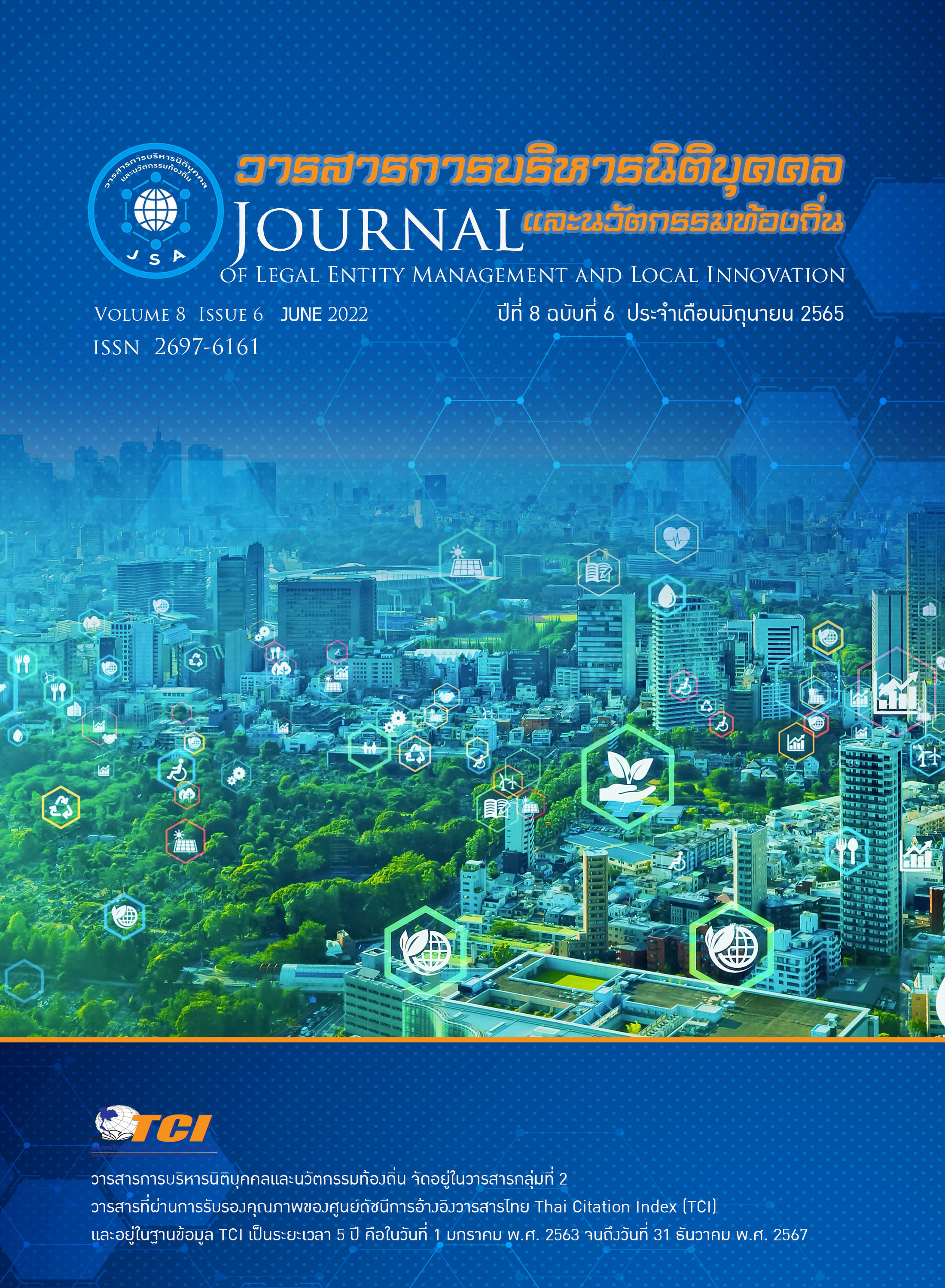Creative Tourism Pattern Development of World Heritage Site in Phra Nakhon Si Ayutthaya Province
Keywords:
Creative Tourism, Creative Tourism Development, Ayutthaya TourismAbstract
This research aims to develop a creative tourism pattern that is consistent with the satisfaction and demands of tourists. This study employed mixed methods research using both qualitative and quantitative approaches. Data were collected by interviewing government representatives, community leaders and experts/creative activity owners. Relevant documents were analysed and 410 people completed a questionnaire on the satisfaction and demands of Thai tourists. Results showed that creative tourism resources can be implemented as 36 activities classified into six categories including 1) Cultural heritage, 2) Crafts and folk art, 3) Lifestyle, 4) Gastronomy, 5) Health and 6) Sports and recreation. The sample group was extremely satisfied with creative tourism activities such as sightseeing. The creative tourism service model showed that most tourists preferred seeing, buying, tasting and learning at a high level. For the travel experience, most tourists preferred impressions, knowledge, the lifestyle of the community and skills at a high level. Concerning event venues, outdoor activity areas were preferred. The tourists thought that an appropriate length of time spent travelling was 1 day. The study results can be used to develop two patterns of creative tourism as follows: 1) Using creativity as a backdrop for tourism based on the story of “The Hunter of Ayothaya Bonanza” and 2) Using creativity as a tourist activity under the story of “Follow in the footsteps of Mae Mali”. The development and promotion of creative tourism in Phra Nakhon Si Ayutthaya World Heritage site should proceed as follows: 1) Create awareness of creative tourism patterns, 2) Develop a variety of creative tourism patterns, 3) Create an impressive creative tourism experience, 4) Develop a tourism route that connects tourist attractions and local communities, 5) Personnel development and 6) Build a cooperation network.


